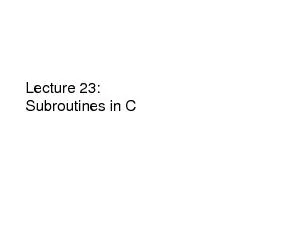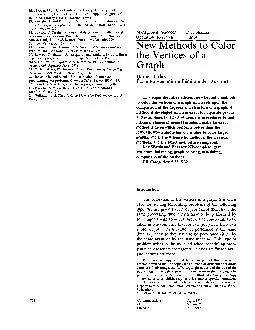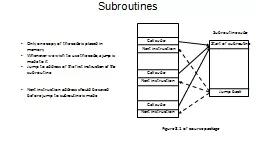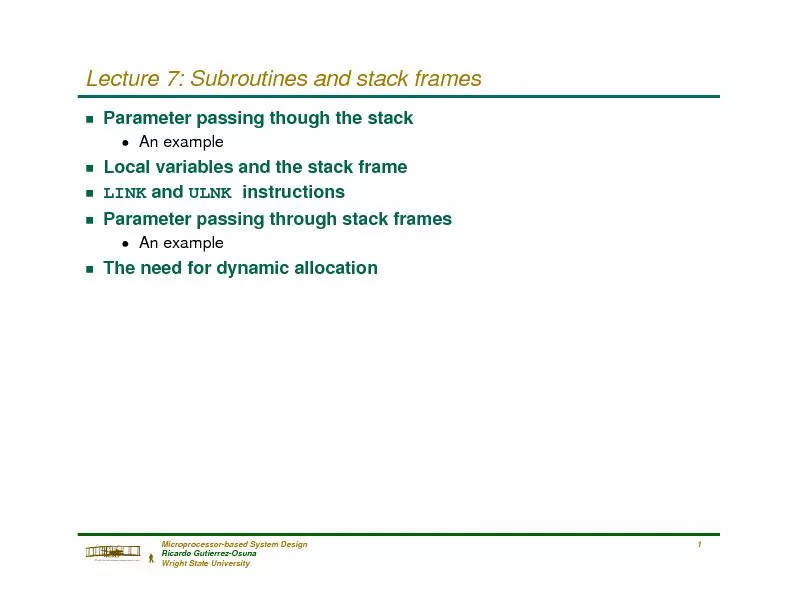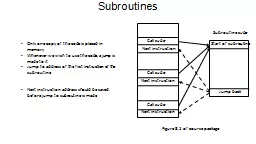PPT-Subroutines II Bundit Manaskasemsak
Author : luanne-stotts | Published Date : 2018-10-27
Sitichai Srioon Chaiporn Jaikaeo Department of Computer Engineering Kasetsart University Cliparts are taken from httpopenclipartorg 01204111 Computers and
Presentation Embed Code
Download Presentation
Download Presentation The PPT/PDF document "Subroutines II Bundit Manaskasemsak" is the property of its rightful owner. Permission is granted to download and print the materials on this website for personal, non-commercial use only, and to display it on your personal computer provided you do not modify the materials and that you retain all copyright notices contained in the materials. By downloading content from our website, you accept the terms of this agreement.
Subroutines II Bundit Manaskasemsak: Transcript
Download Rules Of Document
"Subroutines II Bundit Manaskasemsak"The content belongs to its owner. You may download and print it for personal use, without modification, and keep all copyright notices. By downloading, you agree to these terms.
Related Documents



